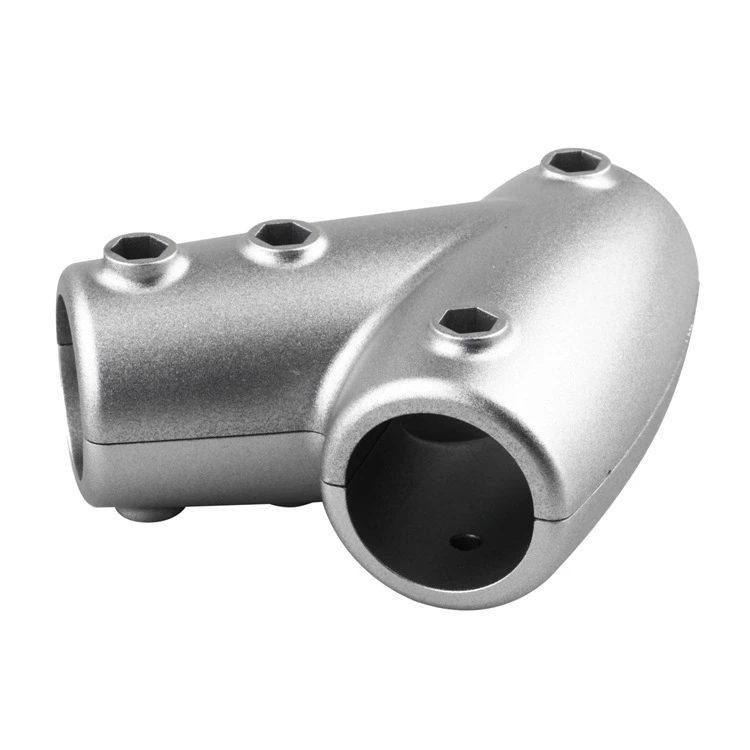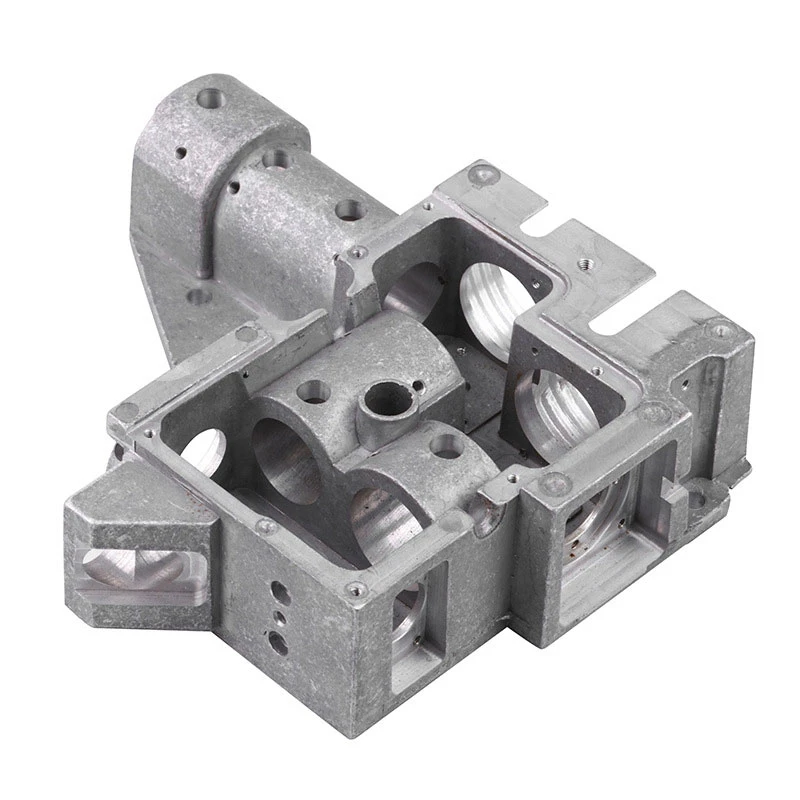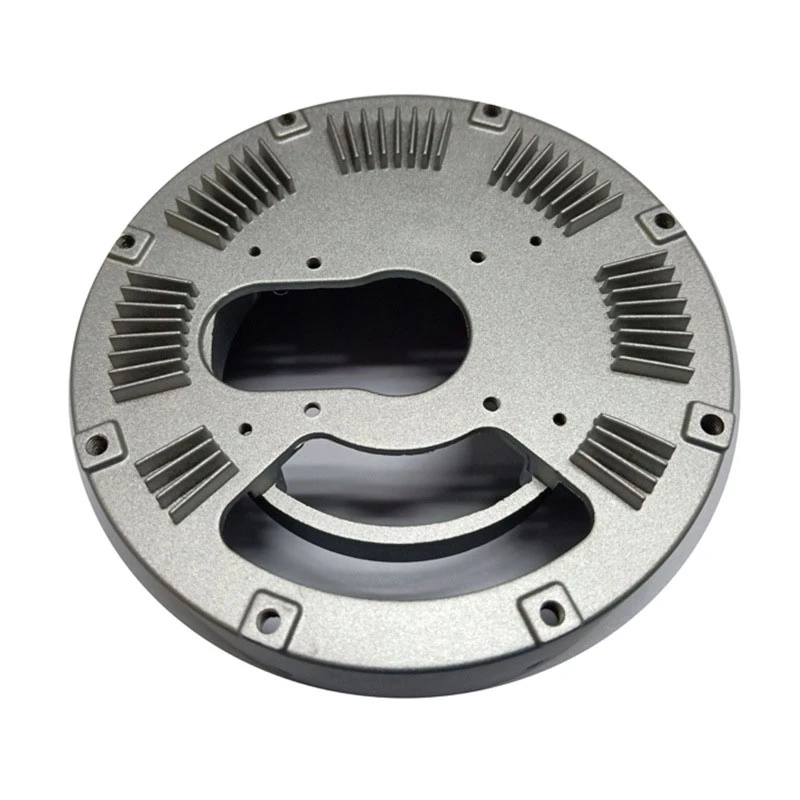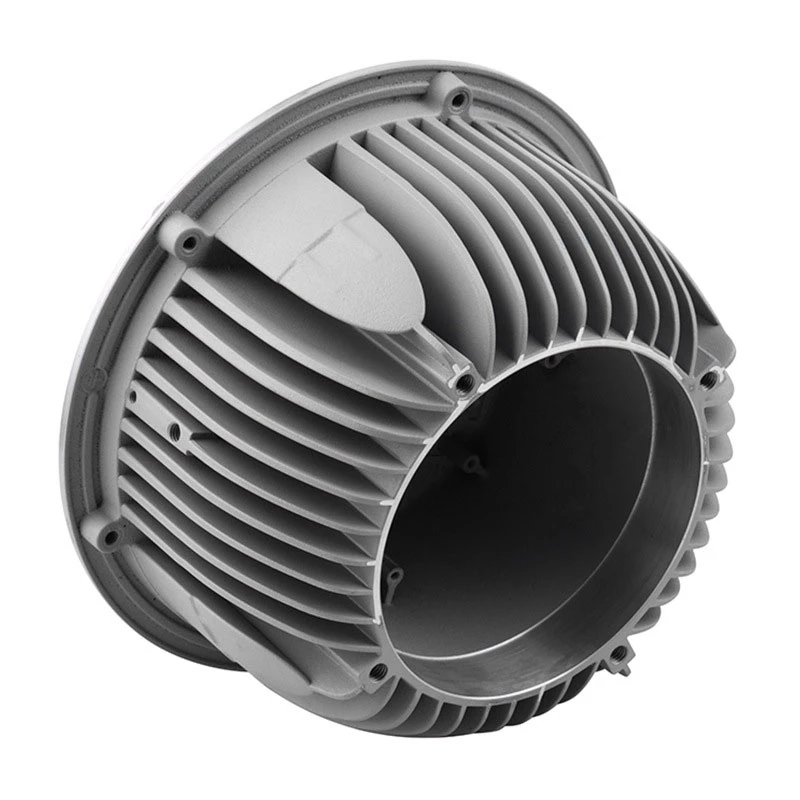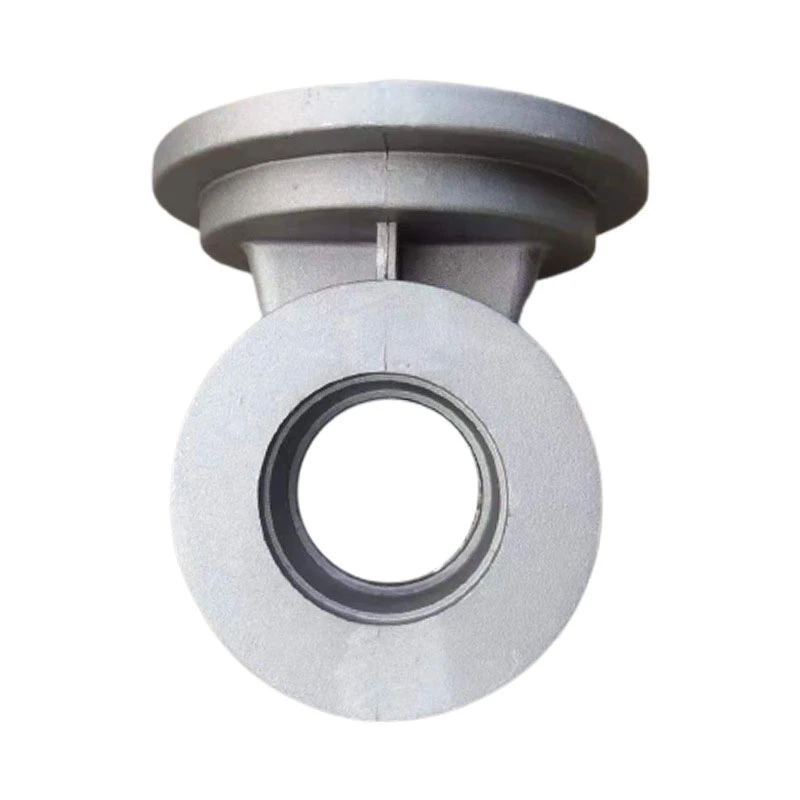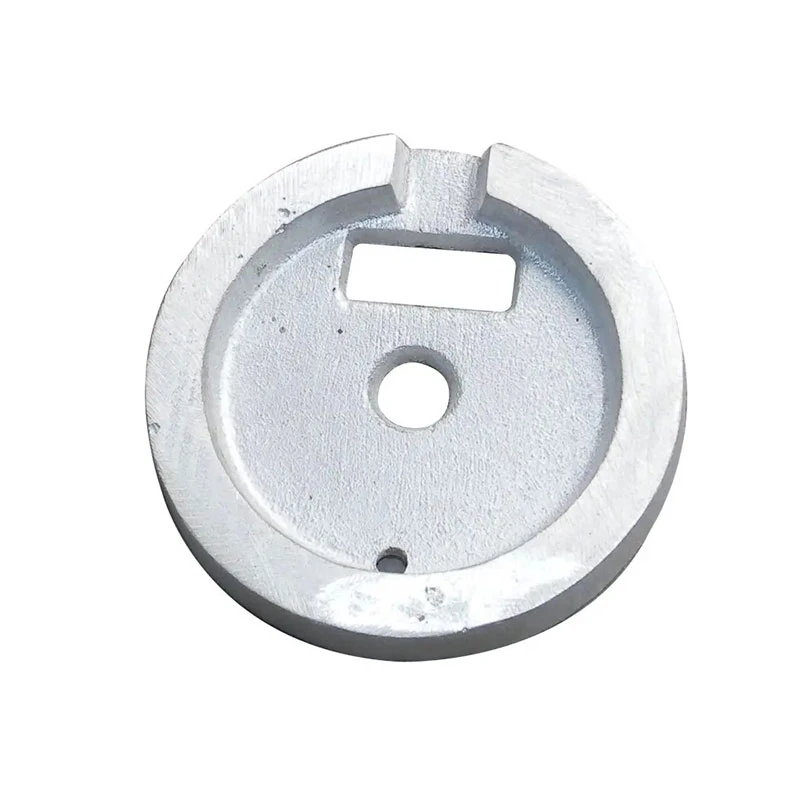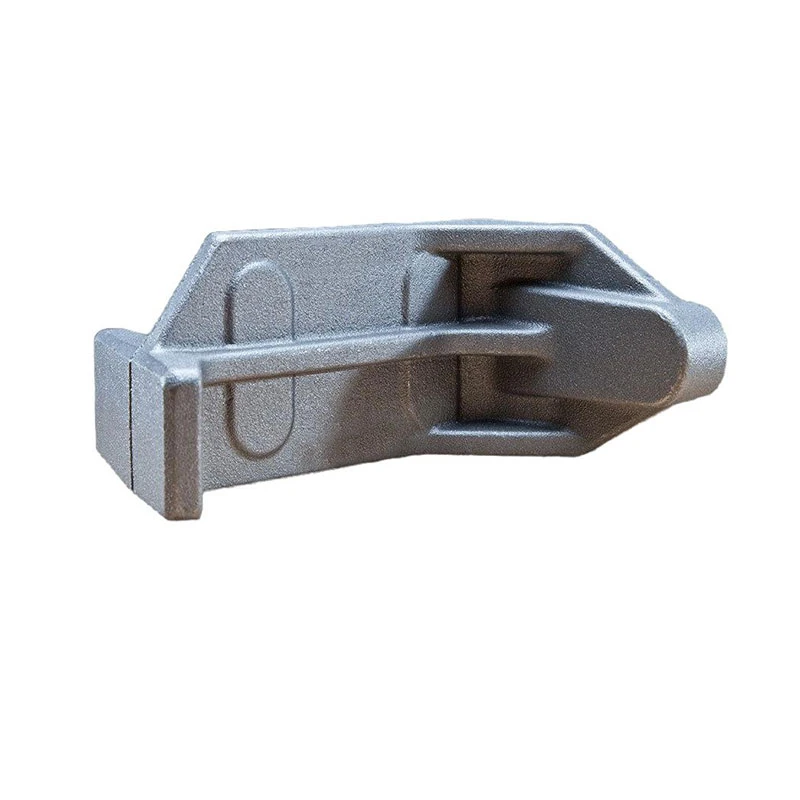Precision Aluminum Investment Casting: High-Accuracy Manufacturing for Modern Industries
Understanding Precision Aluminum Investment Casting: Why It Matters Today
Precision aluminum investment casting — quite a mouthful, right? Yet, this manufacturing marvel quietly underpins key industries worldwide. Simply put, it’s about creating highly accurate metal parts with aluminum, using a refined casting process that allows intricate shapes without heavy machining. But here’s the kicker: as global manufacturing faces mounting pressure to be faster, leaner, and stronger, mastering precision aluminum investment casting becomes indispensable.
The benefits? Lightweight components with excellent strength, reduced waste, and a flexibility that traditional casting or machining methods struggle to match. When you think about sectors like aerospace, automotive, or even medical devices, the demand for such precision and reliability is enormous — and growing.
Global Industry Context: Why Precision Aluminum Investment Casting Is Gaining Momentum
Across the globe, manufacturing dynamics are shifting. According to the United Nations Industrial Development Organization (UNIDO), advanced manufacturing techniques are critical for sustainable industrial development (1). Aluminum, prized for its lightweight and corrosion resistance, plays a key role here. The precision aluminum investment casting method answers several worldwide challenges: reducing carbon footprints, lowering production costs, and creating high-strength parts in structural or energy-sensitive applications.
Yet, there’s also a catch: standard methods can fall short in delivering the tiny tolerances needed for emerging applications. Think aerospace parts that must handle extreme stresses or medical instruments where surface finish and dimensional accuracy are vital. That’s the gap precision investment casting fills — meeting this fine balance between engineering complexity and cost-effectiveness.
What Exactly Is Precision Aluminum Investment Casting?
At its core, precision aluminum investment casting is a manufacturing process where molten aluminum is poured into detailed wax patterns (which are later melted away) encased in ceramic shells. This process, often called “lost wax casting,” creates near-net-shape parts requiring little post-processing. The “precision” tag isn’t marketing fluff — it refers to the tight dimensional tolerances and smooth surface finishes achievable, typically ±0.1 mm or better.
Why aluminum? Aluminum alloys combine lightness and durable corrosion resistance, making components more efficient. This technique is used from jet engine brackets, automotive housings, to robotics components and even humanitarian tech like lightweight structural frames for portable shelters (2). So, it’s not just industrial — there’s a real humanitarian spin here, too.
Core Factors that Shape Precision Aluminum Investment Casting
1. Dimensional Accuracy
One of the standout factors is the ability to maintain strict size and shape demands. Investment casting can produce complex geometries without the need for lengthy machining cycles.
2. Surface Finish and Complexity
The smooth surfaces translate to less post-production finishing. That can be a game-changer in time-sensitive projects.
3. Material Efficiency and Waste Reduction
Because the process produces components very close to final size, there’s minimal scrap. That’s a big plus — aluminum recycling is energy efficient compared to raw global alumina extraction.
4. Mechanical Strength and Durability
Parts crafted often meet or exceed strength requirements, thanks to carefully controlled alloys and process parameters.
5. Scalability and Repeatability
Though traditionally associated with small batches, modern techniques enable medium-scale production runs with consistent quality.
Mini takeaway: This process isn’t just about shaping metal; it’s about precision, reliability, and sustainability woven into product design.
Global Applications & Real-World Use Cases
Globally, industries ranging from aerospace hubs in North America, automotive manufacturing in Europe, to renewable energy sectors in Asia all lean on precision aluminum investment casting.
- Aerospace: Lightweight brackets and housings vital for fuel efficiency and heat resistance.
- Automotive: Engine components where accuracy reduces fuel consumption and emissions.
- Medical Devices: Surgical instruments requiring fine detail and biocompatibility.
- Humanitarian Technology: Aluminum frames for rapidly deployable shelters used in disaster zones, where shipping light but strong parts is essential.
In post-disaster relief operations, lighter and durable aluminum parts mean kits can arrive faster and be assembled rapidly — a critical edge for NGOs. Similar efficiencies are noted in remote industrial zones like Arctic mining, where lightweight but strong components help offset transport challenges.
Advantages & Long-Term Value of Precision Aluminum Investment Casting
Let’s talk tangible benefits because that’s what matters to engineers and buyers alike:
- Cost Efficiency: Reduced machining and waste cut production expenses.
- Sustainability: Aluminum recycling requires just 5% of the original smelting energy (3), contributing directly to greener manufacturing.
- Reliability: Predictable mechanical properties reduce failure rates — essential for safety-critical industries.
- Social Impact: By supporting lighter and stronger infrastructure in development projects, communities gain safer, more durable solutions.
Frankly, these benefits are why many engineers find themselves advocating for precision aluminum investment casting over competing processes — it feels like a graceful blend of innovation and responsible practice.
Looking Ahead: Future Trends in Precision Aluminum Investment Casting
New frontiers lie in integrating digital technologies — 3D printing wax patterns allows unprecedented shape freedom and faster prototyping. Automation in mold creation is improving repeatability further.
Additionally, advancements in alloy formulation are underway, focused on improving corrosion resistance and strength while maintaining recyclability. Green energy concerns push manufacturers to reduce carbon footprints by adopting renewable power sources in foundries.
So, the journey continues—making this time-honored craft a pillar of modern, sustainable engineering.
Challenges Often Faced and Clever Solutions
However, like any process, precision aluminum investment casting isn’t perfect. Limitations include size constraints (parts too large can be tricky), lead times for pattern production, and sometimes high upfront tooling costs. But experts have developed faster wax injection molds and modular tooling to mitigate these challenges.
Moreover, proper alloy selection and advanced heat treatments help offset issues with mechanical properties. Collaborative R&D between manufacturers and end users is key to ongoing improvements.
Quick FAQ: Your Top Questions on Precision Aluminum Investment Casting
Q1: What industries benefit the most from precision aluminum investment casting?
A1: Aerospace, automotive, medical, and humanitarian tech sectors gain the most from the process’s ability to create strong, lightweight, complex parts reliably.
Q2: Is precision aluminum investment casting environmentally friendly?
A2: Yes, especially when compared to traditional metalworking: the casting generates minimal waste and uses recyclable aluminum alloys, lowering energy consumption significantly.
Q3: How does this casting method compare with machining in terms of cost and speed?
A3: Though initial tooling can be pricey, once set up, casting produces parts faster and cheaper, especially for medium batch sizes, by minimizing machining work.
Q4: Can design changes be quickly implemented?
A4: Modifications require new wax patterns or molds, which can add time, but advances in 3D printing wax models have dramatically shortened this stage.
Q5: What are typical dimensional tolerances achievable?
A5: Most processes yield tolerances about ±0.1mm. For tighter specs, secondary machining is sometimes used.
Precision Aluminum Investment Casting: Product Specification Table
| Specification | Details |
|---|---|
| Typical Alloy Grades | A356, A360, 319 |
| Dimensional Tolerance | ±0.1 mm standard |
| Max Part Size | Up to 1000 mm length (varies) |
| Surface Finish | Ra 2.5 µm typical |
| Production Volume | Batch sizes from 10 to 10,000+ parts |
| Lead Time | 4–8 weeks typical |
Vendor Comparison: Selecting the Right Supplier for Precision Aluminum Investment Casting
| Vendor | Experience (Years) | Typical Batch Size | Lead Time | Specialties |
|---|---|---|---|---|
| Alpha Castings Inc. | 25 | 500–10,000 | 5–7 weeks | Aerospace components |
| Beta Precision Ltd. | 15 | 10–1,000 | 4–6 weeks | Custom prototypes, medical devices |
| Gamma Metalworks | 30+ | 1,000–20,000 | 6–8 weeks | Automotive and marine parts |
Final Thoughts: Why Precision Aluminum Investment Casting Deserves Your Attention
It’s one of those processes that quietly keeps precision engineering ticking along — making parts lightweight, sustainable, and fit for the future. As manufacturers face tighter tolerances and sustainability goals, knowledge of this process becomes a competitive edge.
As always with manufacturing tech, the devil’s in the details. But once you get the hang of how precision aluminum investment casting can fit into your production puzzle, the long-term benefits — cost savings, reliability, reduced environmental impact — become clear.
Curious to explore this technology further? Visit our website: https://www.hairunsourcing.com for detailed guides, vendor contacts, and custom consulting.
References:
- United Nations Industrial Development Organization (UNIDO) — Sustainable Industrial Development Report. unido.org
- Wikipedia — Investment casting process overview. wikipedia.org
- International Aluminium Institute — Recycling Facts. international-aluminium.org
-
Precision Casting Facility: Advanced Manufacturing for Global Industries | Hairun SourcingNewsNov.23,2025
-
Leading Precision Casting Corporation: Quality Metal Components for Global IndustryNewsNov.23,2025
-
Precision Cast Rods: Definition, Applications & Future Trends in ManufacturingNewsNov.22,2025
-
Precision Cast Iron Surface Plate: The Backbone of Industrial Accuracy and QualityNewsNov.21,2025
-
Precise Castings Inc – Advanced Metal Casting Solutions for Global IndustriesNewsNov.19,2025








